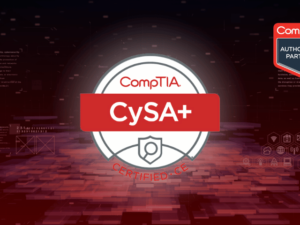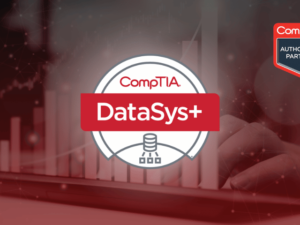MASTERING KIBANA: DATA VISUALIZATION & REAL-TIME ANALYTICS
- Description
- Reviews

MASTERING KIBANA: DATA VISUALIZATION & REAL-TIME ANALYTICS
COURSE OVERVIEW
This hands-on, four-day course is designed to provide participants with an in-depth understanding of Kibana, the powerful visualization and analytics tool within the Elastic Stack. Kibana is widely used for exploring, visualizing, and analyzing large volumes of real-time data, making it essential for data-driven organizations across various industries.
COURSE OUTLINE
Day 1: Introduction to Kibana and Elasticsearch Fundamentals
1.1 Overview of Kibana and the Elastic Stack
• Introduction to the Elastic Stack (Elasticsearch, Logstash, Beats, Kibana)
• Role of Kibana in the Elastic Stack
• Key features and use cases
1.2 Introduction to Elasticsearch Essentials
• Overview of Elasticsearch indexing, querying, and storing data
• Understanding data flow in Elasticsearch
• Hands-on: Setting up a basic Elasticsearch cluster
1.3 Getting Started with Kibana
• Kibana installation and setup
• Navigating the Kibana interface and dashboard
• Configuring Kibana with Elasticsearch
1.4 Data Ingestion for Kibana
• Basics of data ingestion using Logstash and Beats
• Hands-on: Ingesting sample data into Elasticsearch for Kibana use
1.5 Kibana Fundamentals
• Introduction to Kibana objects: dashboards, visualizations, and saved searches
• Creating and managing index patterns in Kibana
Day 2: Data Exploration and Basic Visualizations
2.1 Data Exploration with Discover
• Using the Discover tab for basic data exploration
• Filtering and searching data in Kibana
• Saving and sharing searches
2.2 Creating Visualizations in Kibana
• Overview of Kibana visualization types (e.g., bar charts, line charts, pie charts, heat maps)
• Hands-on: Creating basic visualizations with sample data
2.3 Building Interactive Dashboards
• Best practices for dashboard design
• Adding and arranging visualizations
• Hands-on: Building a basic dashboard with multiple visualizations
2.4 Introduction to Canvas in Kibana
• Overview of Canvas and use cases
• Basic design elements in Canvas
• Hands-on: Creating a simple Canvas presentation
Day 3: Advanced Visualizations and Analysis
3.1 Advanced Visualization Techniques
• Working with advanced visualizations
• Using Vega visualizations for customized designs
• Hands-on: Creating complex visualizations
3.2 Geo-Spatial Analysis with Kibana Maps
• Introduction to geospatial data in Kibana
• Creating and configuring maps visualizations
• Hands-on: Building maps with real-world data
3.3 Time-Series Analysis and Anomaly Detection
• Working with time-series data in Kibana
• Introduction to anomaly detection with machine learning in Kibana
• Hands-on: Applying machine learning to detect anomalies in data
3.4 Creating Canvas Workpads
• Advanced Canvas features and interactivity
• Designing rich presentations with real-time data
• Hands-on: Creating and publishing an interactive workpad
Day 4: Alerts, Monitoring, and Best Practices
4.1 Alerting and Actions in Kibana
• Overview of alerting and notification in Kibana
• Creating basic alert rules and triggers
• Hands-on: Setting up alerts for real-time monitoring
4.2 Kibana Monitoring and Maintenance
• Introduction to Stack Monitoring in Kibana
• Monitoring Elasticsearch cluster health
• Hands-on: Setting up and configuring Kibana monitoring
4.3 Securing Kibana Access
• User management and roles in Kibana
• Role-based access control and security best practices
• Hands-on: Configuring user access and roles
4.4 Practical Tips and Best Practices for Kibana
• Tips for optimizing Kibana performance
• Best practices for dashboard organization
• Real-world Kibana case studies and applications
For FULL COURSE OUTLINE, please contact us. Please contact us for the schedules and for booking a private class.
Popular Courses
Archive
Working hours
| Monday | 9:00 am - 6.00 pm |
| Tuesday | 9:00 am - 6.00 pm |
| Wednesday | 9:00 am - 6.00 pm |
| Thursday | 9:00 am - 6.00 pm |
| Friday | 9:00 am - 6.00 pm |
| Saturday | Closed |
| Sunday | Closed |











